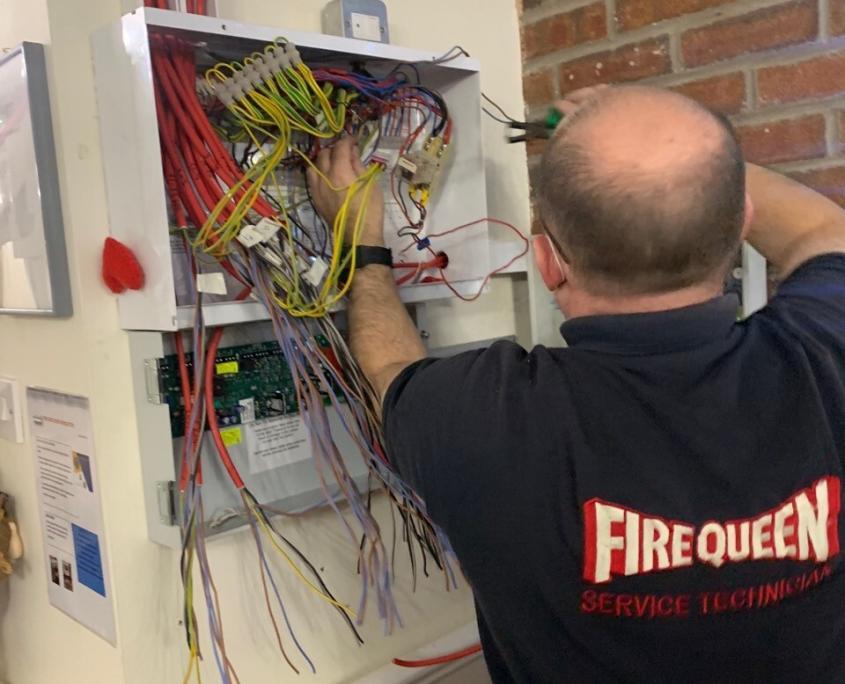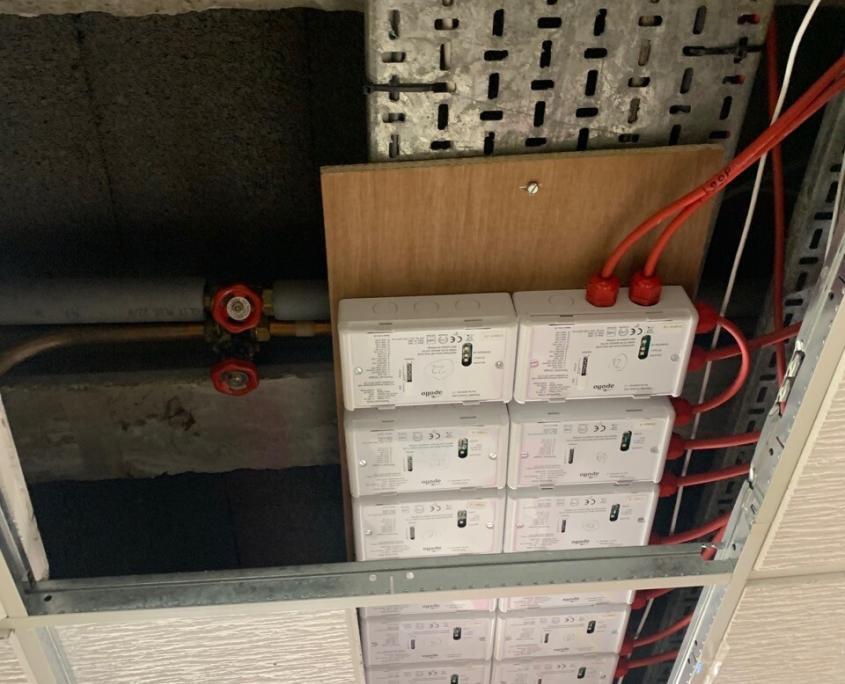Fire Queen for Fire Alarm Servicing, Fire Extinguisher Servicing
REGISTERED OFFICE
Fire Queen Limited
23-37 Broadstone Road
Reddish, Stockport
SK5 7AR
England
Tel: 0800 7312748
Tel: 0161 442 5500
Email: enquiries@firequeen.co.uk
VAT-Number: 285931522
Registered in England & Wales – Company Number: 1219302
FIREQUEEN
Delivering Installation & Maintenance Services for Fire Extinguishers, Wireless Fire Alarm Installation, Fire Detection and Protection Equipment & Fire Safety in Stockport, the North West & throughout the United Kingdom
DISCLAIMER
The information contained in this website is for general information purposes only. The information is provided by Fire Queen Limited & while we endeavor to keep the information up to date & correct, we make no representations or warranties of any kind, express or implied, about the completeness, accuracy, reliability, suitability or availability, with respect to the website or the information, products, services, or related graphics contained on the website for any purpose. Any reliance you place on such information is therefore strictly at your own risk.

